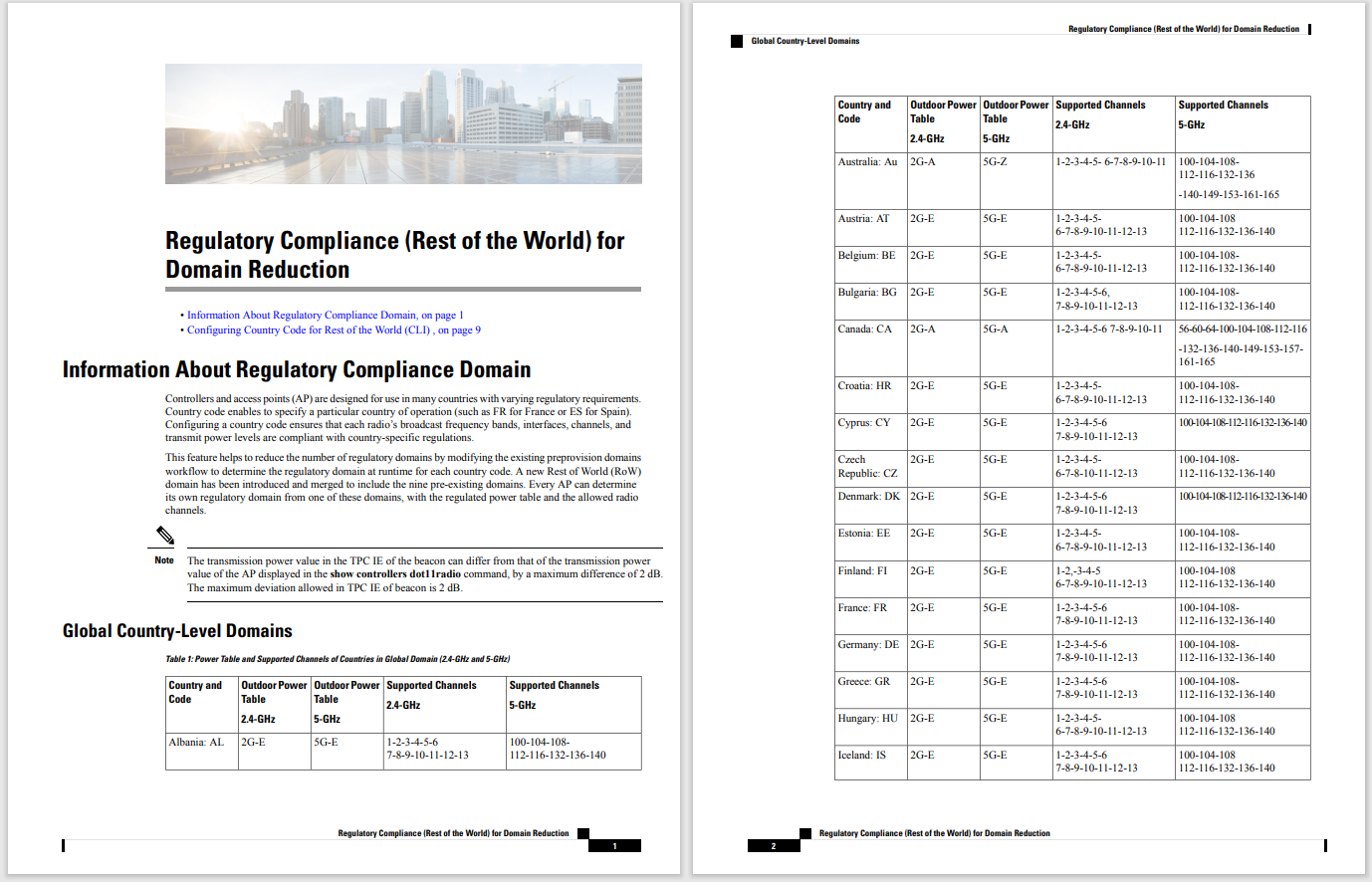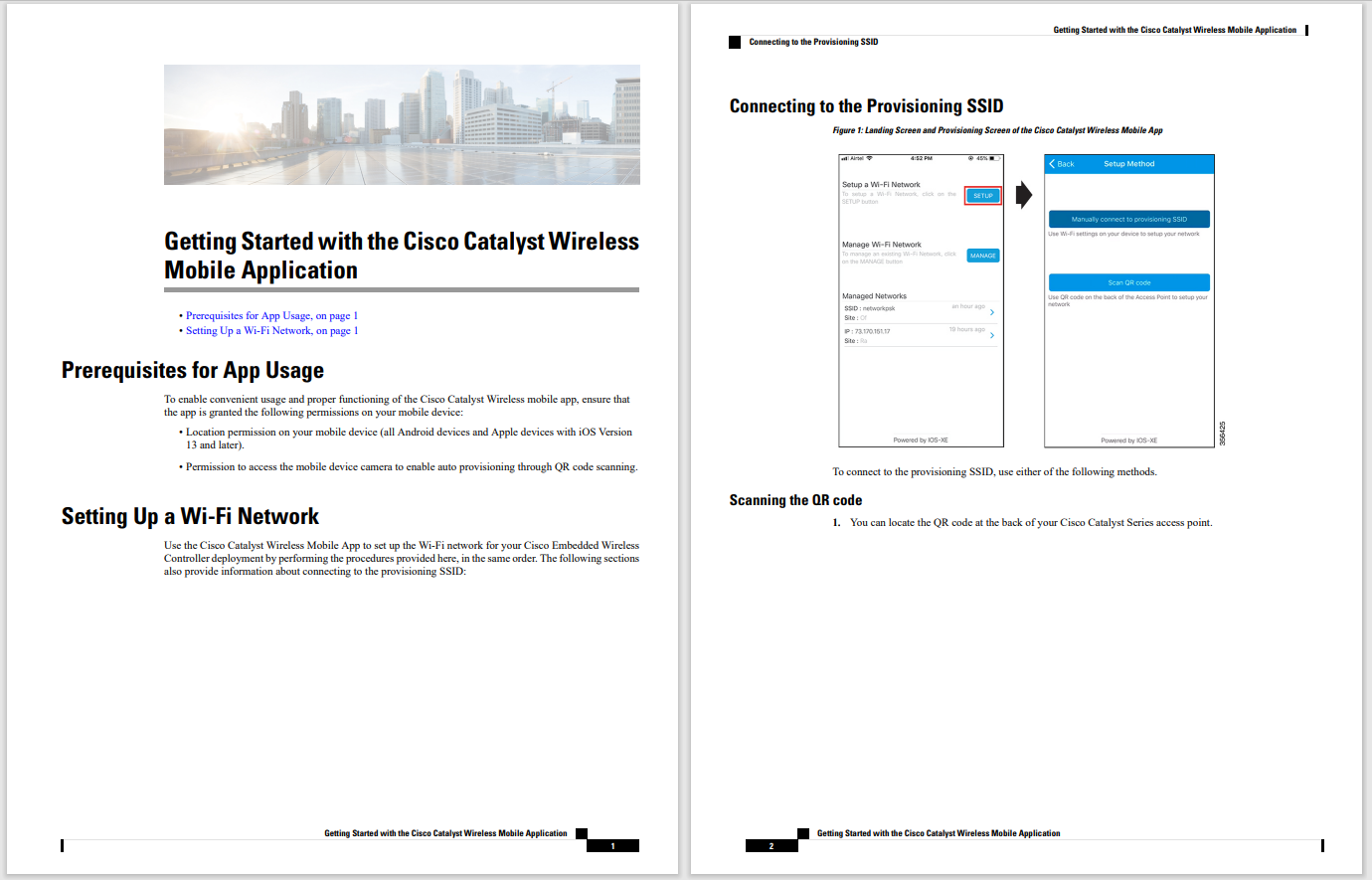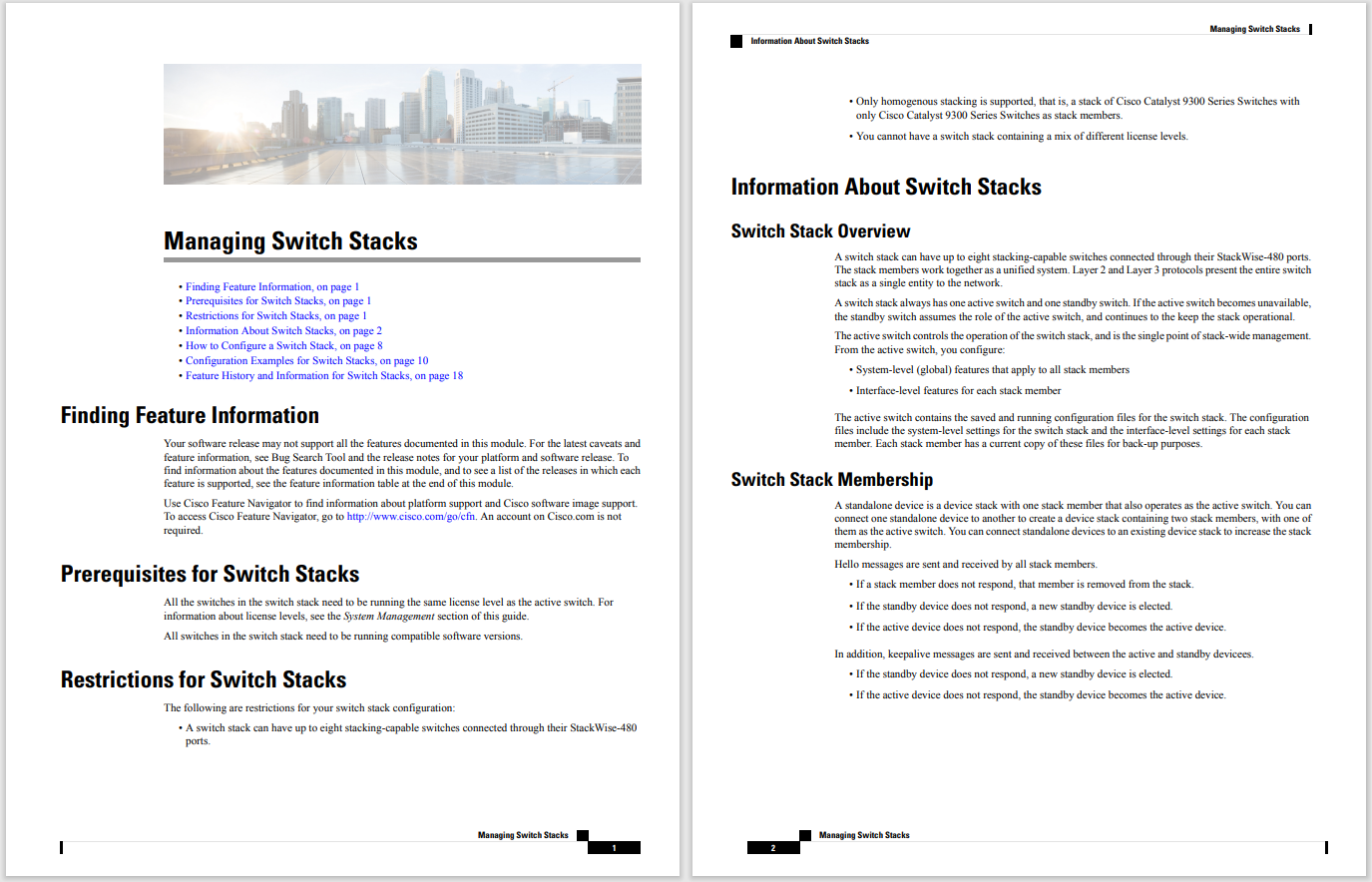
































Giving tasks to other people on your team isn't just a case of giving up responsibility. Assigning work to team members is a crucial element of successful management.
Also: 5 ways to negotiate a pay raise, according to business leaders
Five business leaders share their best practice tips for delegating work successfully.
Nic Granger, director of corporate and chief financial officer at North Sea Transition Authority (NSTA), says managers must be careful to ensure delegation isn't just a way of palming off responsibility.
"I think of that management process as less about delegating and more about making sure people have the responsibility to do something and the accountability to act." She says to that if people feel something important is their responsibility, they're more likely to deliver great results. "I think it's more about giving people the being the ability to grow and being there as a bit of a safety net for them."
Also: 5 ways to manage your time more effectively at work
Granger gives an example from her own business, when the GIS team at NSTA was given the opportunity to design products for an open data site. One of NSTA's most popular apps is something called Energy Integration, which brings together a range of regulatory data by APIs into one consolidated map -- and the effort behind that feature was all the work of the GIS team.
"They created the app themselves because they saw a need for it. It's the one that our leadership team talks about the most, it's the app our colleagues use the most -- and that's because it's useful," she says. "I didn't sit there and say, 'We need this, go and design it.' Instead, they came to me and said, 'Oh, we've got a prototype. Do you think it's useful?' And the answer was, 'Absolutely.'"
Craig Donald, CIO at The Football Association, says the best way to delegate work is to ensure people know you're not just delegating work but that you're also giving them credit.
"Whenever I'm talking to the senior management team or doing a presentation, I make sure it's recognized that this work is not just about me," he says. "I let other executives know the effort they see from me is about all these other people within my team who have helped put that presentation together and added their expertise."
Also: 5 ways to be a better manager: Best practices every leader should know
Donald says to that the key to bringing people with you as you assign work is simple -- don't be selfish and give other people a moment in the spotlight. Get that approach right and your staff will come looking for more tasks and responsibilities.
"When you're delegating the work, make sure you can demonstrate that your people are getting the recognition for that effort as well," he says. "When that process happens successfully, people actually come to you looking for the work to be delegated, rather than waiting for it to be handed out."
Nigel Richardson, SVP & CIO Europe at PepsiCo, says no one likes to be micromanaged, so he does everything he can to ensure his people feel empowered.
"Micromanagement is just a nightmare for everyone -- it's just a road to nowhere," he says. "Put yourself in someone else's shoes, whether it's your business partner, a supplier, or one of your team, and think, 'Treat people as you'd like to be treated.'"
Also: 5 practical ways to separate work from the rest of your life
Richardson says to that coaching is the key to bringing the best out of people. "I've got a fantastic team. I don't need to micromanage anyone. I see my role very much as a coach -- as someone who's trying to help make sure we get organizational alignment with the business' priorities."
His leadership strategy is focused on supporting his staff and helping them to excel in all areas of work. "Make sure the purpose of the business is clear, the alignment is clear, that your people are focused on becoming great at their job, and then give them the maximum authority within that framework," he says.
Dan Eddie, director of customer service at UK health solutions provide Simplyhealth, says clarity around purpose, vision, objectives, and results is the essence of successful delegation -- and these four elements must be widely understood.
He gives the example of his own service team, where people at all levels of the organization recognize the four priority areas. "Within that construct, you're then able to say to people, 'Go and deliver, because you understand what the objective is and the key results that are expected.'"
Also: Everything you need to work from home
Eddie says to that it's also important to recognize the route to success can involve many potential pathways. "I'm not saying to our people, 'You need to solve the problem this way,'" he says. "I'm saying, 'Go and solve a problem, go and deliver the result. But find a way that you think provides the best solution for our customers.'"
With that clear structure in place, Eddie says successful delegation is then all about getting out of the way and allowing your staff to do their work.
"I'm there to support, guide, mentor, or coach those people to be the most successful they can be. But clarity around what we're trying to do at every level is the key to delegating because then people have a clear line of sight to what they're trying to deliver," Eddie says to .
Hakan Yaren, CIO at APL Logistics, says good managers learn new techniques for delegating work along the way. As someone with 20-plus years of IT leadership experience, he says professionals should delegate decision-making responsibilities to people with deep subject-matter knowledge.
"It's not enough to just have surface knowledge -- you need to have really deep expertise in what you do," he says to . Yaren feels more comfortable delegating decision-making processes on the most important areas to the people he considers to be experts.
Also: 5 ways to boost your skills and increase your career opportunities
Getting to that point of delegation is far from a hands-off process. Hakan always ensures the people he trusts are part of a wider ecosystem. And he makes sure people in his organization focus on the five key business objectives the senior management team identifies each year.
"I tell everyone, 'Everything you do has to tie back to one of these five things that we all collectively agreed. If it's not, talk to me,'" he says. "I think by using that approach, you're creating togetherness -- and you're working towards helping the business achieve its objectives."
 Tags quentes :
Home & Escritório
Tags quentes :
Home & Escritório